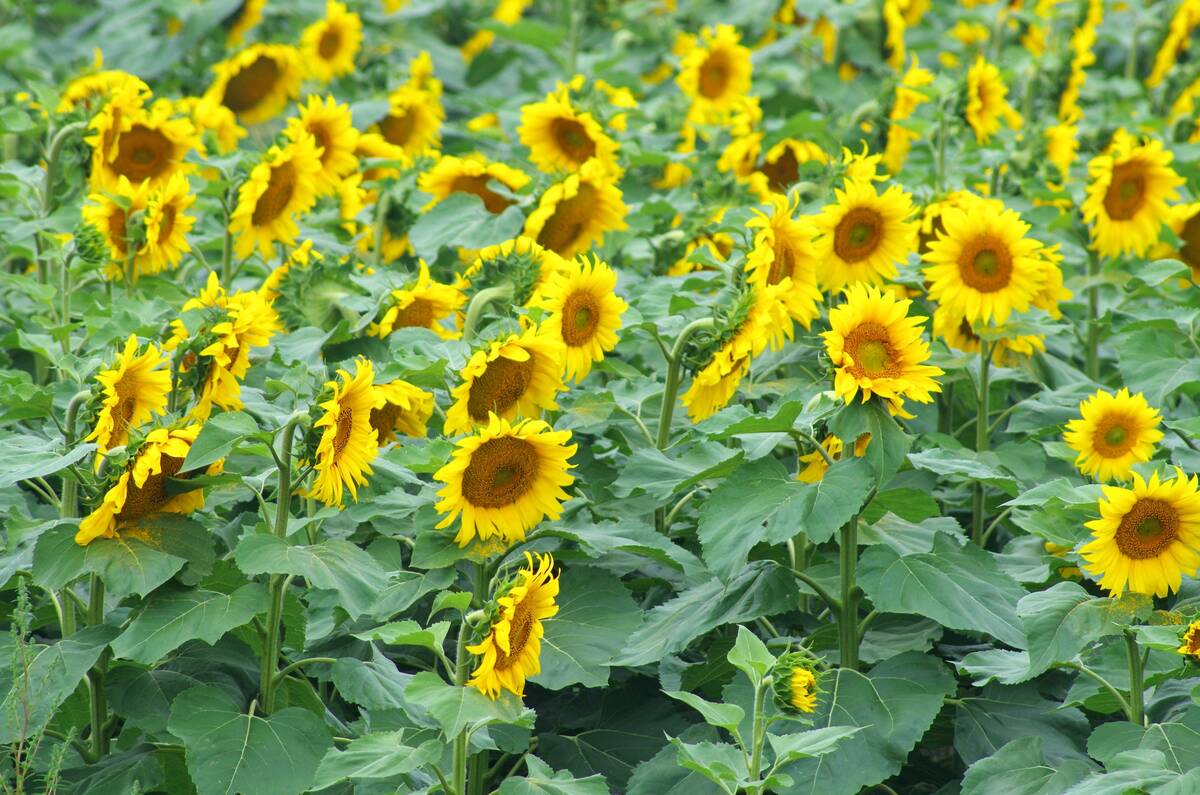The threat of a being stung isn’t enough to scare off thieves and vandals swarming around Saskatchewan bee hive operations looking for loot.
Christopher Warriner owns 800 hives in 25 locations around Big River west of Prince Albert, making it almost impossible to keep close tabs on each site.
“I won’t know until I’m backing into the yard and see the fence is gone and the equipment damaged because of it,” said Warriner, president of the Saskatchewan beekeepers’ association.
Crime is a growing concern for beekeepers in the province, who met in Saskatoon at the end of January during their annual meeting.
Read Also

Made-in-Manitoba sunflower hybrid heads to market
Glacier FarmMedia – Manitoba’s confection sunflower growers will have a new seed option next spring that was developed specifically to…
Theft of electrical fencing equipment and vandalism to hives are the most common crimes, apiarists report.
Cpl. Gary Macdonald with the RCMP in Prince Albert said beekeepers can fight crime by getting involved in community policing initiatives like the rural crime watch program.
“The community can work together to solve the problems that are really hitting you guys in the pocket book,” Macdonald told the crowd of 150 members.
“Take ownership of the community back by putting up rural crime watch signs. Then they don’t know when someone could come driving down the road.”
A common problem is what beekeepers and police call “bumbers,” or teen vandals who push over hives during weekend partying.
“If someone is determined to commit a crime they will, but anything you can do to deter them really helps.”
Engraving a drivers licence number or putting a brand onto electrical fencing equipment will significantly increase the chance stolen good will be returned to their rightful owner, Macdonald added.














